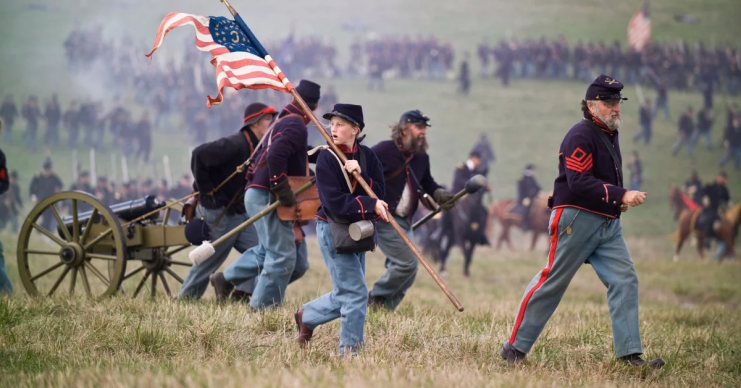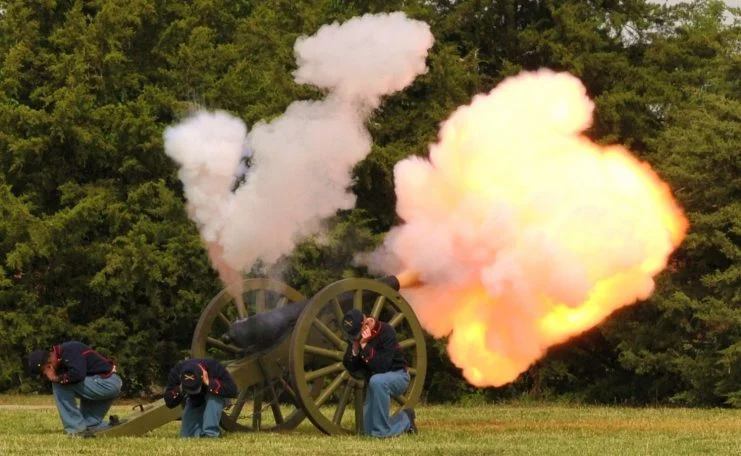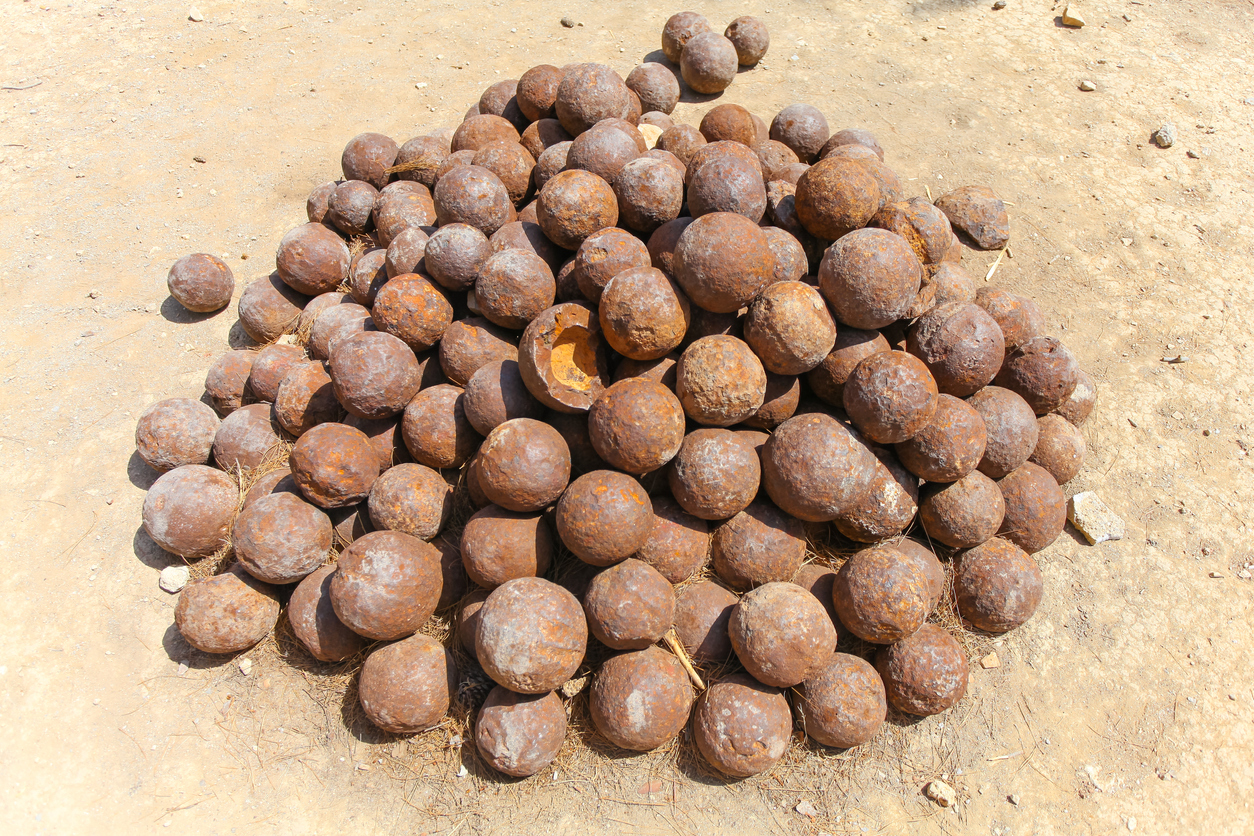Workers at the Kent County Recycling Center in Grand Rapids, Michigan, got a lot more than they bargained for when Civil War cannonballs was delivered as part of a recycling load.
In an email sent from the Kent County Department of Public Works to Live Science, they said that the recycling center was evacuated due to a cannonball being handed in for recycling.

Not only were the staff at the recycling plant amazed at their find. The police and fire departments couldn’t believe what they were hearing when a voice on the other end of the telephone line said they had found a Civil War-era cannonball had been handed in for recycling, and they did not know if it was safe to handle it.
The relevant authorities attended the recycling center, and on examining the cannonball, they determined that it fell into the category of ‘live ordnance’ and ordered the center evacuated until it could be dealt with.
In their report, the police stated that the cannonball measured 6 inches or 15 centimeters in diameter and weighed six pounds.
The Michigan State Police Bomb Squad was called to the scene, and they safely removed the cannonball. There were no injuries to the recycling center staff or the police and fire departments and work recommenced on the following day.

Phil Skaggs, the Kent County Commissioner, wanted to make sure that residents of Kent Country got the message loud and clear that this type of recycling was not acceptable. He posted, “Just to be clear: DO NOT RECYCLE CANNONBALLS FROM ANY WAR!” on his Facebook page.
It is not only cannonballs that could pose a threat to recycling center staff. Things that can harm others, such as propane tanks, ammunition, and syringes should never be placed in recycling that is to be sent to the local recycling center.
No-one knows who dropped off the cannonball, but the American Battlefield Trust, a non-profit organization that cares for historic battlefields, says that during the Civil War, it took up to ten people to load and fire a cannon.
Officials in Michigan did not overreact when the cannonball was found and was right to be very careful when handling the artifact. Even though peace came over 150 years ago after the Civil War, munitions from that era can still be hazardous.
In recent years there have been examples of Civil War munitions causing problems. In 2008 a Virginia Civil War enthusiast, Sam White, was killed when the cannonball he was restoring exploded.
He was working in the driveway of his home when the 75-pound cannonball exploded, killing him instantly and blasting shrapnel into the porch of a house a quarter of a mile away.
In 2016 a pile of cannonballs was uncovered by Hurricane Matthew on a beach in South Carolina.
Civil War Cannonball Exploded & Killed 140 Years After it Was Fired
The collection of 16 cannonballs contained several that contained gunpowder that was old and unstable. In this case, the U.S. Air Force Explosives Team assisted with destroying this dangerous cache.
